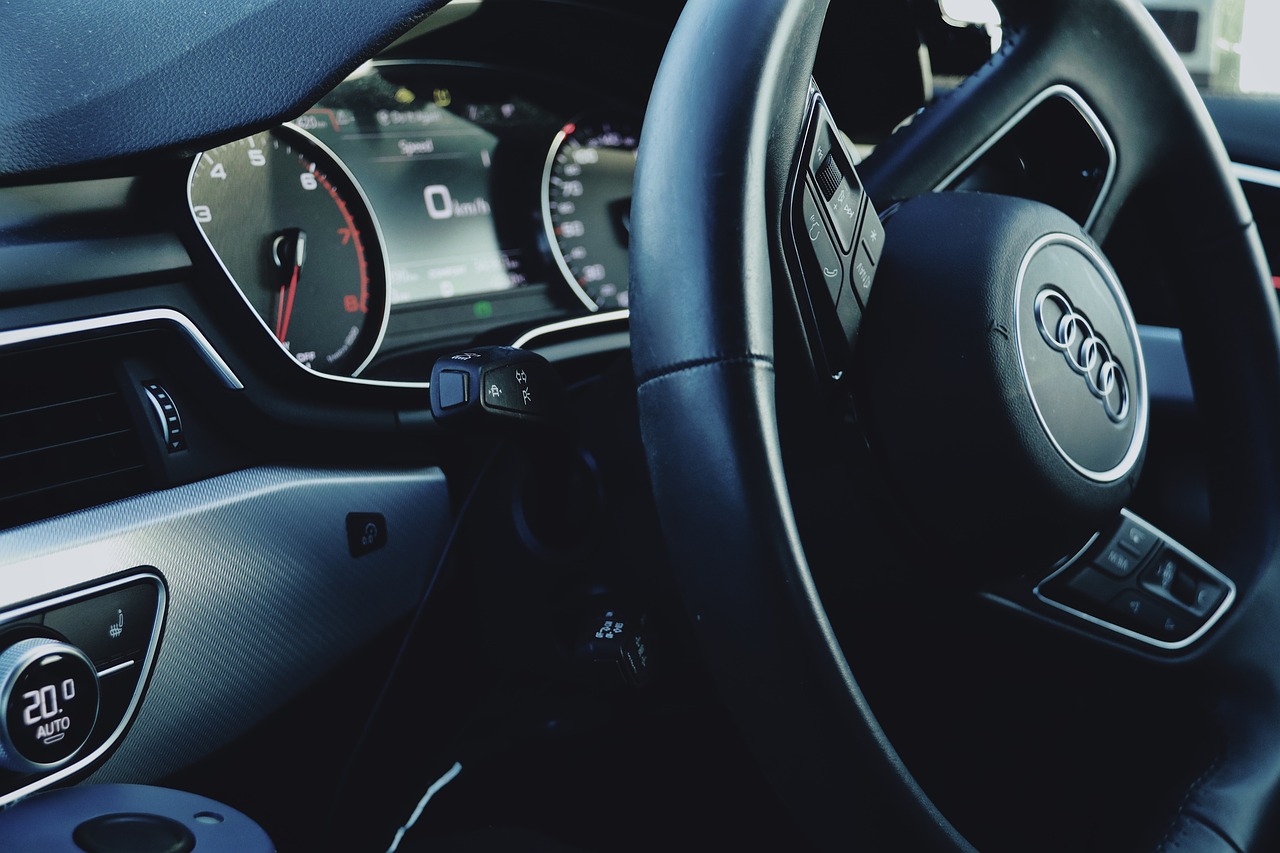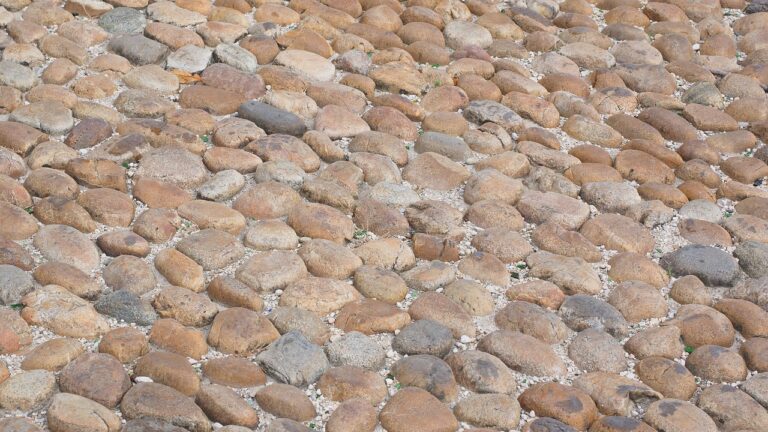The Evolution of Automotive Tire Technology: From Bias-Ply to Run-Flat
Bias-ply tires, also known as cross ply tires, were the predecessors to modern radial tires. These tires were constructed with layers of cords that crisscrossed at 30 to 40-degree angles to the direction of travel. This design provided a sturdy and durable tire option for vehicles, especially during earlier stages of automotive development.
Despite their durability, bias-ply tires had a few drawbacks compared to radial tires. They were known for producing more heat during operation, which could result in faster wear and reduced fuel efficiency. Additionally, bias-ply tires were more prone to punctures and uneven tread wear due to their construction. However, they played a significant role in the evolution of tire technology, paving the way for the development of radial tires that are widely used today.
Radial Tire Technology
Radial tire technology revolutionized the automotive industry by introducing a new tire construction method. Unlike bias-ply tires, radial tires have layers of cords running across the tire at a 90-degree angle to the direction of travel. This radial layout allows for better flexibility and contact with the road surface, resulting in improved traction, handling, and fuel efficiency.
Moreover, radial tires offer a more comfortable ride due to their flexible sidewalls that enhance shock absorption. This design also leads to less heat build-up during prolonged driving, increasing the tire’s longevity and overall performance. With the numerous advantages that radial tire technology brings, it has become the standard choice for most vehicles on the road today.
Tubeless Tire Advancements
Tubeless tire technology has seen significant advancements in recent years, offering improved performance and safety for drivers. One of the key benefits of tubeless tires is their ability to maintain air pressure more effectively, reducing the risk of sudden deflation on the road. This advancement not only enhances the overall driving experience but also contributes to better fuel efficiency and longer tire lifespan.
Additionally, tubeless tires have become more popular due to their reduced risk of blowouts and punctures compared to traditional tube-type tires. This improved durability is a result of advancements in tire construction and materials, providing drivers with a more reliable and secure driving experience. Overall, the continued evolution of tubeless tire technology showcases the tire industry’s commitment to innovation and meeting the needs of modern drivers.
• Tubeless tires maintain air pressure more effectively
• Reduce risk of sudden deflation on the road
• Enhance overall driving experience
• Contribute to better fuel efficiency and longer tire lifespan
• Reduced risk of blowouts and punctures compared to tube-type tires
• Improved durability due to advancements in construction and materials
• Provides a more reliable and secure driving experience
Overall, the advancements in tubeless tire technology demonstrate the tire industry’s dedication to innovation and meeting the demands of today’s drivers.
What are bias-ply tires and how have they evolved over time?
Bias-ply tires are constructed with crisscrossed layers of cords under the tread. They have evolved to be more durable and offer better handling compared to earlier versions.
How does radial tire technology differ from bias-ply tires?
Radial tires have layers of cords that run perpendicular to the direction of travel, providing better traction and heat dissipation. They also offer a smoother ride and improved fuel efficiency.
What are some advancements in tubeless tire technology?
Tubeless tires have become more popular due to their puncture resistance and ability to maintain pressure for longer periods. They also provide better handling and improved fuel efficiency.
Are tubeless tires compatible with all types of vehicles?
Tubeless tires are compatible with most modern vehicles, including cars, motorcycles, and bicycles. However, some older vehicles may require modifications to switch from tubed tires to tubeless tires.
How can I ensure proper maintenance of tubeless tires?
Regularly check tire pressure, inspect for any punctures or damage, and ensure proper installation and seating of the tire on the rim. It is also recommended to use a sealant to prevent leaks.







